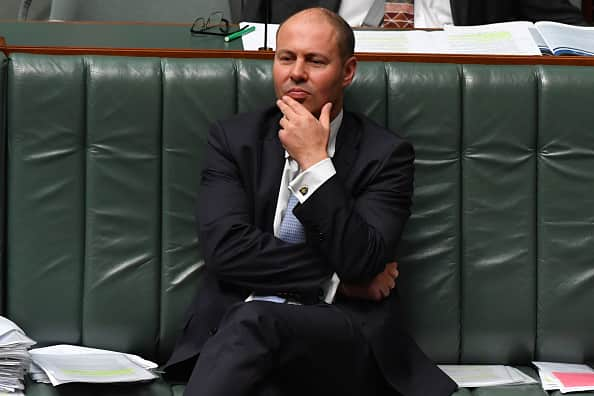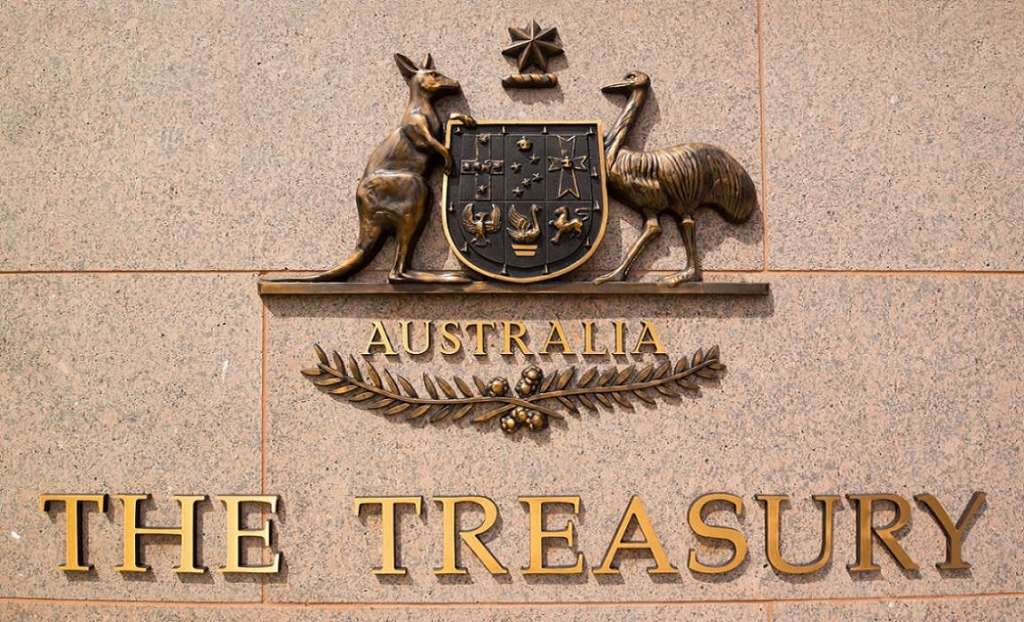Treasurer Josh Frydenberg is set to announce the contents of the annual federal budget tonight. The contents are going to dominate the news cycle for the next week as they have big implications for our economic recovery, as Australia works to get back on its feet after a trying year.
Regularly announced on an annual basis, the announcement comes just seven months after a special COVID-19 budget was presented in October.
During the pandemic, Australia saw a 7% drop in GDP during the June 2020 quarter. At the same time, unemployment peaked at 7.5%.
Since then, we’ve actually made pretty good progress in getting the country back on track, largely down to our strong COVID containment strategies. GDP has bounced back by 6.5% since the pandemic and 93% of jobs lost during COVID have recovered.
The federal government has pledged to spend its way out of our economic troubles, continuing on a similar philosophical trajectory that saw us through the pandemic when cash was pumped to individuals and businesses struggled to cope.
This is a marked ideological shift from a conservative government that is committed to cutting state spending and criticised the Labor government for “overspending” during the global financial crash of 2006.
Now it seems that economic realities imposed by the virus have made ideological thinking impractical. So, what do we know about the budget so far and what can we expect from the treasurer tonight?
What time is the budget announcement?
The budget will be announced by Treasurer Josh Frydenberg tonight at 7:30pm AEST time. That’s 7:30 pm for QLD, NSW, ACT, TAS, and VIC; 7:00pm for the NT and SA; and 5.00pm for WA.
The budget will be televised live on the ABC and most major news channels. You can also watch the budget speech live on the parliament website.
Assistance for working families

The budget and the overall post-COVID economic recovery strategy is based around jobs and helping people get back to work.
One announcement, made last Sunday, was a $1.7 billion package to help people with young children get back to work easily by subsidising childcare costs.
Out-of-pockets costs for families with two or more children aged five and under will be cut by a further 10%. This means a maximum of 95% of childcare costs will be covered by the government, up from the current 85%.
That plan however is a little more complex than it appears, with the total household income set to determine the amount that can be used and some families coming off better than others.
It also won’t come into effect until 2022, meaning this is less of a budget benefit and more of an election promise as the government will have to go to the polls in the next 12 months.
Labor has already criticised the policy, saying that it does not do enough. Their own strategy would cover 90% of childcare costs for all families, regardless of the age of their children or how much they earn.
In the working families bracket, we are also expected to see the $7.2 billion tax offset extended for low and middle-income earners extended for another year.
Housing
The new family home guarantee is a big one that has prompted headlines across the country already as the government looks set to announce help for single parents.
10,000 single-parent families will be given assistance in buying a home with a minimum deposit of 2%.
$124.7 million has also been announced for states and territories to build public housing and support people experiencing homelessness.
The HomeBuilder program is also expected to be extended, giving people who have already applied an extra 12 months to start their build.
What else can we expect?
Frydenberg is prioritising jobs and getting unemployment down. The government has run up a fairly large budget deficit during the pandemic, however, forecasts suggest that it’s nowhere near as bad as it could have been.
Our unemployment rate has been targeted at below 5%, something previously considered to be uneconomical with the predominant theory being that a 5% unemployment rate would be good for the jobs market.
Topping out at around $167 billion in the red, the budget gap is thought to be closing rapidly after strong economic recovery and soaring iron ore prices. It’s far better than the $197 billion the government had estimated for the current period. Deloitte estimates that at our current trajectory, we should get that down to $50 billion by 2024.
In order to service that debt and keep Australia on track, the government is likely going to be looking for ways to tactically spend to encourage workers and businesses without increasing long-term spending commitments like welfare.
That being said, there are suggestions that the government is looking to spend $9 billion over four years to find a $50-a-fortnight Jobseeker increase.
There is also a federal election somewhere ahead of us, which means the government is likely going to drop some high-valued and easy-to-understand incentives to entice voters.
That means financial support for struggling industries like tourism and big infrastructure projects the government can point to as successes during the election.
$3 billion has been allocated to improve the Great Western Highway through the Blue Mountains in NSW as well as the Princes Highway in the Illawarra.
QLD will receive $1.5 billion to expand inland freight routes and SA will receive $3.2 billion to upgrade the North-South corridor.
Then there are the big political issues that the budget will probably seek to address. There have been damning royal commissions into aged care and disability care so we might expect to see some funding to tackle these problems. The government is rumoured to announce at least $10 billion in extra funding for aged care.
Gender equality is a hot topic that the government needs to show some initiative on, having been hit hard by sexual assault and discrimination scandals over the past few months. The allowance for childcare can probably be understood in this context and there is expected to be big spending in women’s maternal health as well as a doubling of spending on domestic violence services.
Climate change is the other big topic which we may see some movement on. Whether that’s in scrapping the luxury car tax to allow easier access to electric vehicles or green energy subsidies, the government has been embarrassed on the world stage during recent climate summits and is gearing up for an apparently big reveal at the Glasgow Climate Conference in November. There could be something here for green energy but with a government beholden to fossil fuel interests, it might not be in the size and shape we need.
Expect to see spending on carbon capture and storage projects, money for gas infrastructure projects, and spending on low emissions and emissions reduction plans.
Finally, Australia is still in rocky terrain, despite being sure-footed in its economic recovery so far. The vaccine roll-out is progressing slowly and this will have an impact on tourism, travel, and leaves us vulnerable to further lockdowns.
One sad piece of info that has been gleaned from all of this pre-budget speculation is that the calculations they are based upon do not factor international travel in until 2022. That means we should expect another 12 months without a trip overseas.
Frydenberg is expecting strong economic growth to continue – and the subsequent tax revenue that this will incur. That’s how he’ll be able to offer benefits in the budget and move away from the ‘austerity doctrine’ traditionally followed by others, notably Britain.
It’s potentially a high-risk game but fingers are crossed we can weather this storm.
Read more stories from The Latch and subscribe to our email newsletter.







